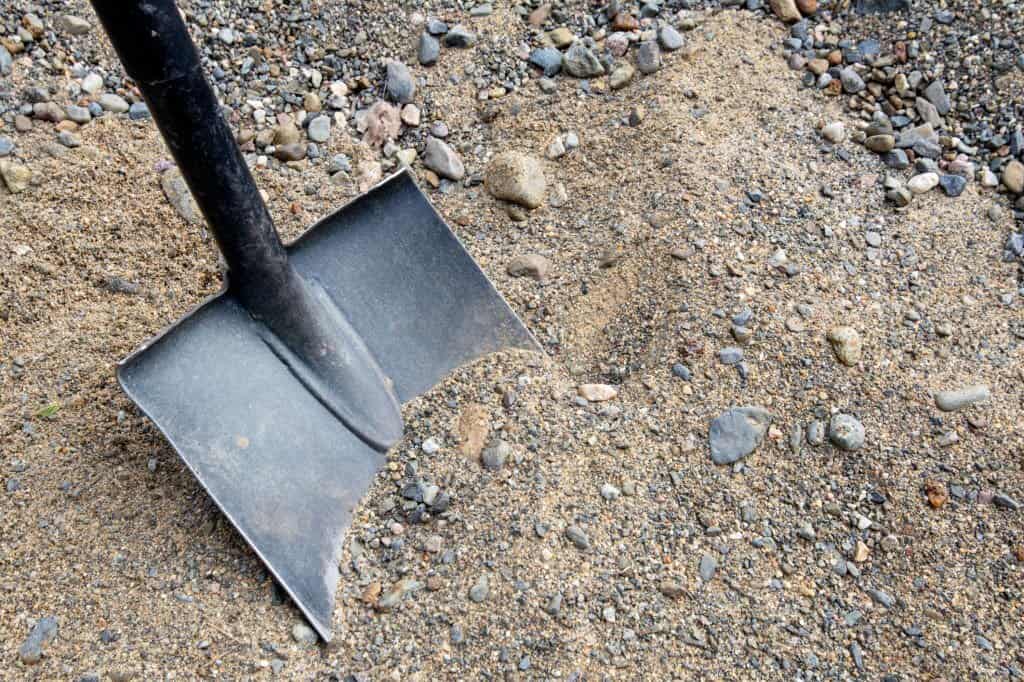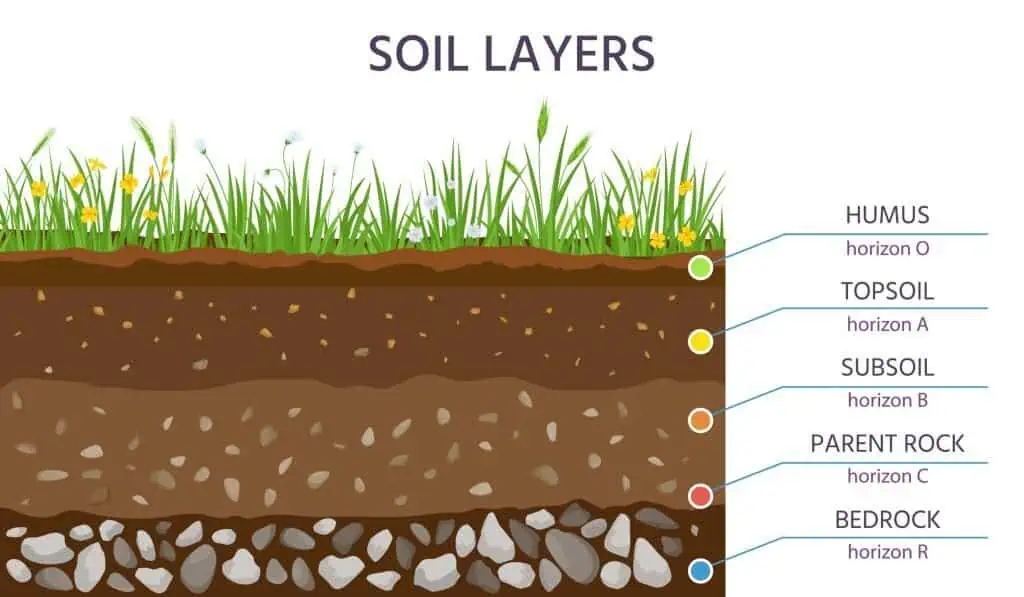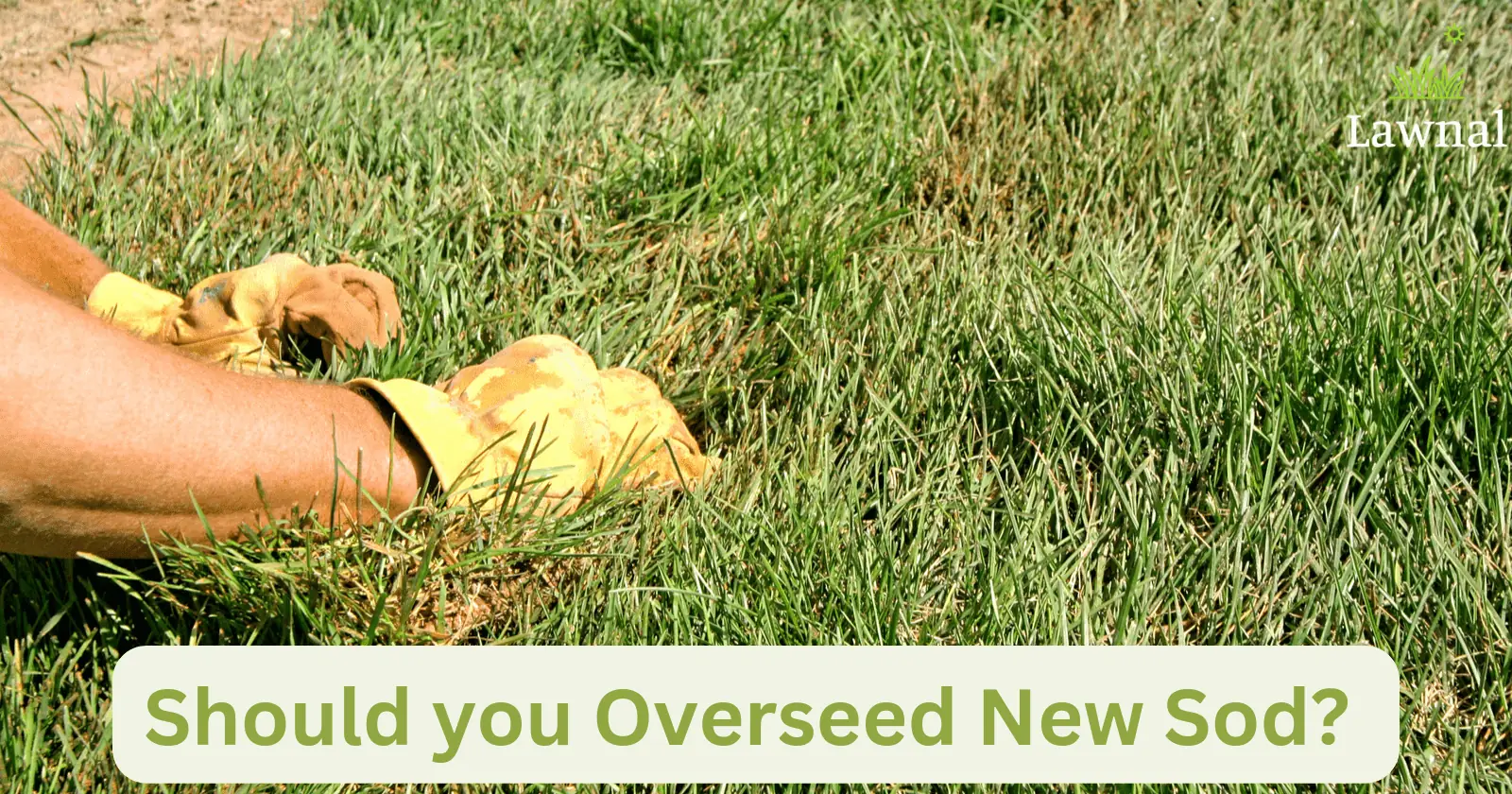Will Sod Grow on Sand? Knowing Where to Plant Sod. Sand is great for many things, including walking on the beach while it sifts through your toes and for kids at the park. But how great is it for growing sod? Will your sod grow in sand?
A beautiful lawn adds multifaceted beauty to your yard and home, giving your property the look and feel it deserves. However, the soil underneath dramatically affects how much it grows and thrives.
If you’re dreaming of a lush, green, and vibrant lawn, you’d want to know if sand is the perfect fit. This article answers all your questions.
Will Sod Grow on Sandy Soil?
Yes, the sod will grow on sand or sandy soil. However, there are some things you must do to make this possible or develop a healthy sod lawn. One of them is improving the soil structure of the ground. In other words, adding organic material, such as manure, compost, and peat soil, to the sand.
When you add the elements, the sand’s water retention characteristics and micronutrient profile gets boosted. These features are vital for sod growth in the sand.

What about grass growing over sand? The same thing can happen with grass growing on sand, but you can expect a slow growth rate. You can increase the grass’s chances of thriving with materials and nutrients.
Generally, after germination, sand and rough surfaces could negatively affect sod. You can prevent that by creating a topsoil overlay to provide enough vitality to the roots.
How To Prepare Sand for Sod Installation
You can get the best out of any soil type when you take measures to improve it. Sandy soil is no different, so here are ways you can prepare sand for sod installation:
1. Improve Water Retention Capability
Sandy soil is known to have problems with water retention. That’s because it has some qualities of beach sand, releasing water quickly after it gets it. Water from rainstorms, sprinklers, and manual routines drains deep into the ground. The water gets so far away from the turf roots, making it difficult for sod and grass to absorb enough to grow.

You can improve the water retention of your sand with vermiculite. It is a mineral soil supplement you can use along with moss, an absorbent type of bog moss. They both help the sand hold large volumes of water.
To apply, use one of these soil additives on your topsoil when the yard is level and prepared for turf installation. But if your soil is acidic, use vermiculite over peat moss. After these applications, you should test your soil’s ability to retain water.
Do that by squeezing some damp soil into your hand. Does the soil crumble? Add more vermiculite or peat moss to it. But if it stays together, you have successfully improved your soil.
2. Introduce Essential Nutrients to the Soil

Sand also loses nutrients faster than thank other spikes, and water retention has much to do with that. Water runs through the soil quickly and takes essential nutrients like nitrogen and phosphorus. As a result, the soil lacks these essential nutrients and won’t be able to feed new sod adequately.
If you want your sod lane to carry a healthy, lush appearance, you need soil with enough nutrients to grow. Thankfully, you can check your soil’s nutrient levels through a soil test kit on patches of the soil taken from different areas of your property.
Knowing what your soil lacks is the first step to preparing it for your sod. Till the nutrient supplements or fertilizers into the sand while you level it. Experts recommend tilling to about six to eight inches for the best results.
3. Consider Replacing the Topsoil
Replacing your topsoil could be more fundamental than even tilling it. Undoubtedly, the sand only goes so deep to leave the ground too loose or porous to hold water and much-needed nutrients. Consider removing the topsoil if most of your attempts at rescuing the sandy situation fail.
When you have a new topsoil, your yard will have a high chance of producing a beautiful lawn sod lawn.
Use the following steps to replace your yard’s topsoil:
- Remove about 8 to 12 inches off your yard’s topsoil.
- Ensure the surface across your yard is even or, at least, leveled.
- Next, replace the old soil with new, high-quality topsoil.
On your part, ensure that the new topsoil has enough nutrients for your sod and goes a long way to retain water. Further, replacing them is an expensive way to solve the problems associated with sandy soil, and the solution is permanent. However, a new topsoil means growing any sod that thrives in your area.
Can You Place Topsoil Sand?
Yes, you can place topsoil on sandy soil. For many, it’s a clever idea that you can use to get the proper depth and soil. Also, it will improve the growth of grass without difficulties.
Grass can do well on sand, but the soil often drains too quickly, leading to a shortage of moisture and other nutrients vital to grass health. However, soaking the sand will usually cover it with topsoil, eventually improving its quality. Adding fertilizer or some quality alternative will soften the soil, leaving it ready to help the grass grow.

Laying Sod Over Sand: The Steps
You can grow a fresh sod lawn on your sand. To begin with, you will need a couple of tools, including a rake, garden tiller, lawn roller, and turf cutter. The following steps will help you quickly lay sod over sandy soil.
1. Prepare the Site
Go over the area and observe whether it has the correct level of sunshine before choosing sod that matches it. Sod lawns thrive in areas that enjoy direct sunlight.
A soil test would go a long way to determine the nutrient deficiencies of the soil and other things you can do to improve it. Work the dirt with a garden tiller or a garden tractor to a depth of 4-6 inches.
2. Remove Debris and Weeds
Remove weeds in the yard using herbicides or handpicking them, especially if they’re few. You can also spray a ready-to-use glyphosate herbicide. As for debris, rocks, and others, they could affect sod installation and growth. Remove them from the sand.
3. Add Amendments to Improve Soil
Sandy soil is mostly deficient in nutrients. After the soil test, use the results to integrate the nutrients into the sand. This will help tighten the soil and boost root growth down under.
Use a tiller to mix the soil thoroughly using peat, organic material, or topsoil. Follow that up with two inches of compost cover after applying the essential soil additives. This would help improve the nutrient density and porosity of the sand.
Limestone is also something you could add to increase the pH of sand; however, it may be unnecessary in some cases when you’re done applying the additives till the soil to a 6-8 inches depth.
4. Level the Dirt
A rake is the best tool to rake the sand and loosen compacted spots on the soil surface. The rake will also help to break and dispose of dirt clumps.
5. Get Some Moisture on the Surface
You’ll need a little bit of moisture on the surface. Use a hose fitted with a sprinkler to add some wetness to the surface in preparation for sodding. Stray from the farthest corner of your turf.
6. Lay the Sod Down
Get your sod spread out over the turf. It’s best to start at the outside edges and then work your way to the center of the area. You need to be firm in placing the sod layers on the turf, but you should do so gently so that the whole area carries a uniform look and contact with the soil.
7. Water the Lawn
Now, it’s time to water the fresh grass until the water perforates into the underlying soil and through the roots. You can lift the turf’s edge to check the moisture level on the dirt under your grass.
8. Rook the Sod
Roll the fresh sod using a lawn roller so that root transplantation is swift and eliminates air pockets.
Conclusion
Now that you know that sod will grow on sand, follow the steps outlined and explained above to get it right. Keep in mind that sandy soil isn’t immediately receptive to sod lawns. That means you must make changes to enable the ground to hold moisture, develop firm roots, and retain nutrients.
If you’re wondering what the best sods for sand soil are, you can try sods like Bermuda grass, zoysia, tall fescue, bentgrass, and bahiagrass. These grasses will form deep roots to help your sod grow faster and in good health. You can also put mulch, compost, peat moss, and other organic matter over your sand before laying your sod.






